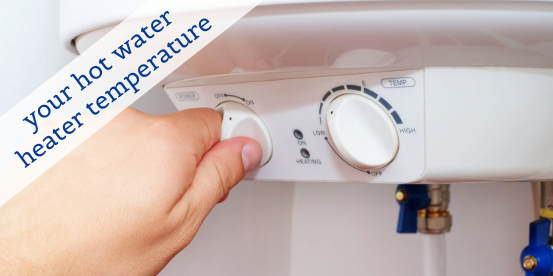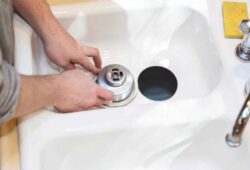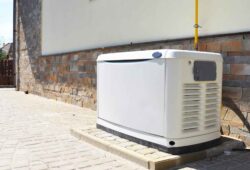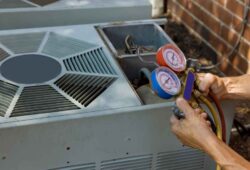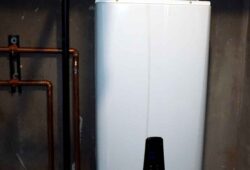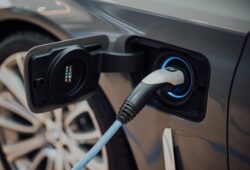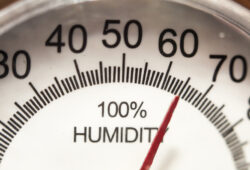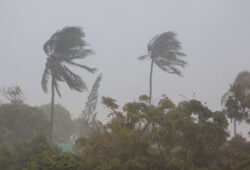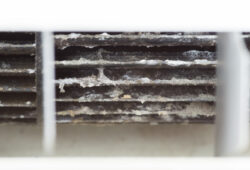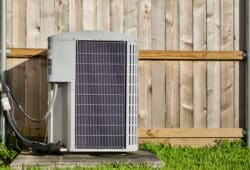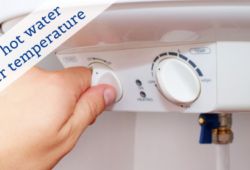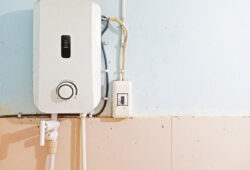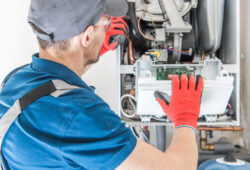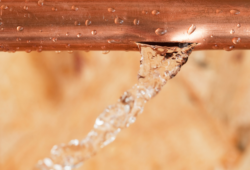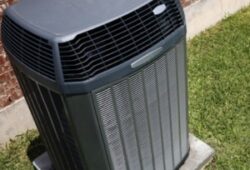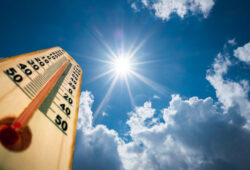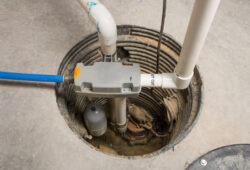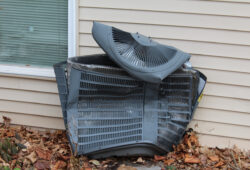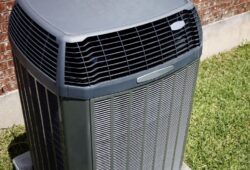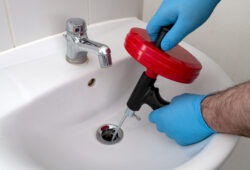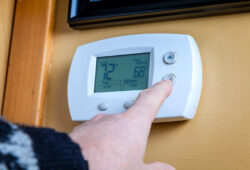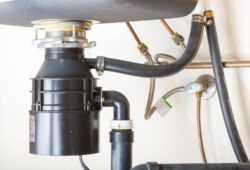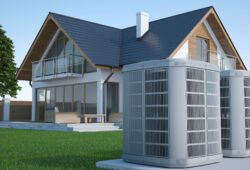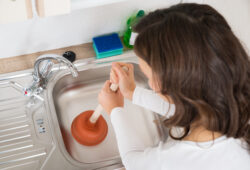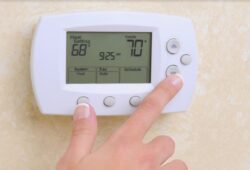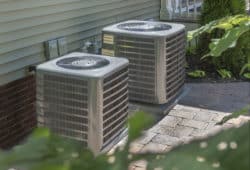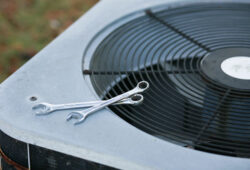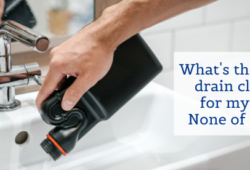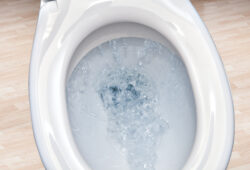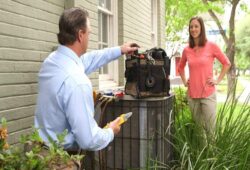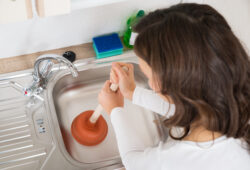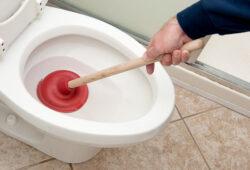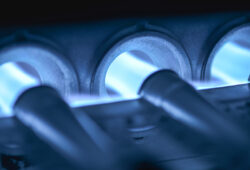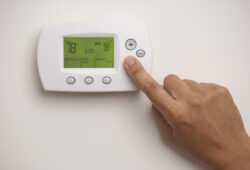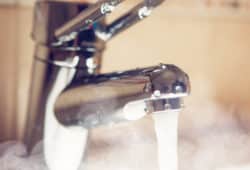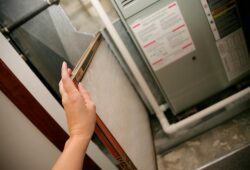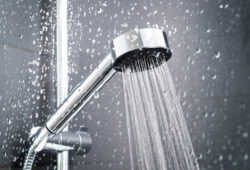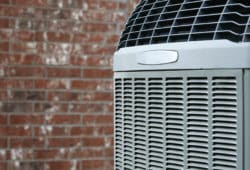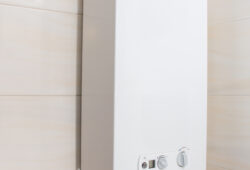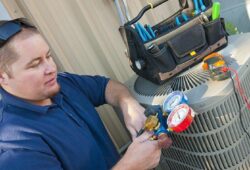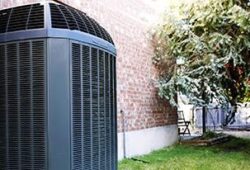A hot shower might get a bad rap from your dermatologist for drying out your skin, but many love its soothing qualities! Everyone loves a hot shower, so you might be tempted to bump up the temperature on your hot water heater. But how hot is too hot?
Water Heater Temperature Recommendations
The Department of Energy and water heater manufacturers have different opinions. 120 degrees Fahrenheit is the safety recommendation against scalding, but 140° is the common default setting. Most experts agree that anything below 120 degrees creates a risk for bacteria to develop inside your water heater from stagnant water, such as legionella that causes Legionnaire’s disease.
If you have a tankless water heater, the risk of stagnating water is removed, but your overall skin health and the risk of burning should still be considered. Whatever your setting, it’s important to note that type of pipe, how the water is heated (gas or electric) and whether your system is tank or tankless does not affect temperature setting. There are, however, a variety of factors you should consider in setting your temperature:
- Stick with 120°F if your home includes: young children and/or elderly who are susceptible to third-degree burns within seconds, single occupant due to lower demand on hot water
- Consider 140°F if your home includes: an immunocompromised person, a dishwasher that doesn’t pre-heat, multi-occupant due to higher demand on hot water
Energy Costs of Increasing Water Heater Temperature
But, what about energy costs? We hear you! On average, water heaters accounts for about 14-18% of a home’s energy consumption. And, it might be tempting to decrease temperature for savings. Note that a 10°F reduction in temperature is associated with about 3-5% savings in energy. However, legionella can survive in temperatures up to 122°F. So, balance out your risk acceptance with your energy consumption goals!
If you’re still undecided, fiddle with it. Many hot water heaters have a temperature dial. If yours does not, let the water run for a few minutes and take the temperature with a thermometer. Start at 120°F and bump up in small increments to your satisfaction.
All said, your home might not be as straightforward as “just” deciding on a temperature and forgetting it. In homes balancing a need to maintain a higher hot water temperature for health safety with mitigating risk of scalding, a water tank booster may be a solution. It keeps your tank at 140°F to avoid pathogens, but mixes with cold water to deliver a lower temperature at the tap. Or, you might have a home where no matter what temperature you set, it takes a long time for hot water to reach the tap (or a certain tap farthest from the hot water heater). A hot water circulating system slowly circulates hot water in the pipes so you’re not waiting. Whatever you prefer, we’re a phone call away to troubleshoot hot water problems!
If your water heater (tanked or tankless) is having trouble getting up to temperature, call 843-405-3601 today or contact us online for water heater repair services in Charleston, SC!


